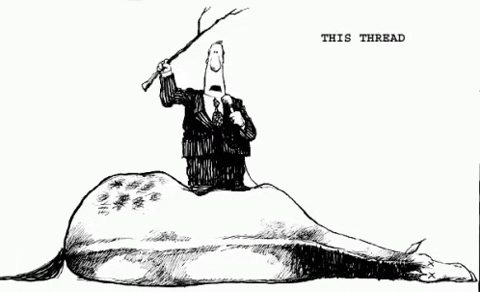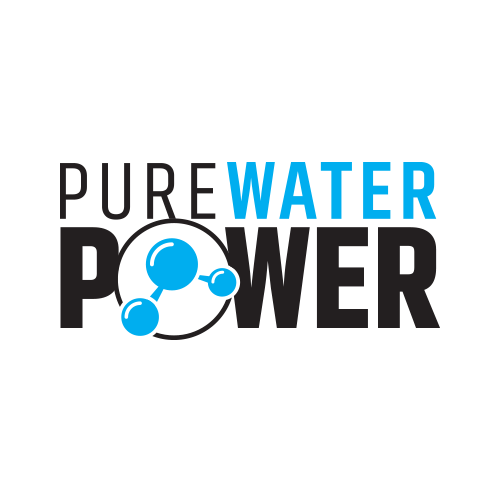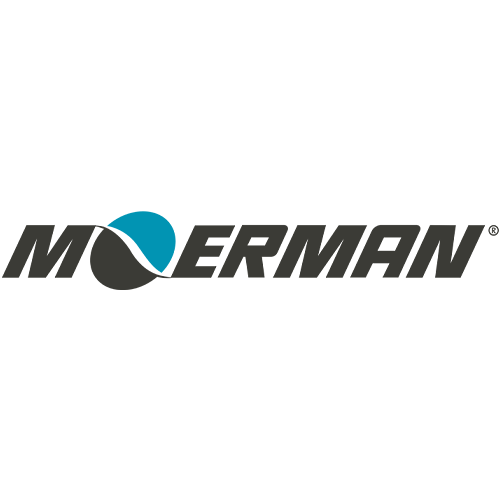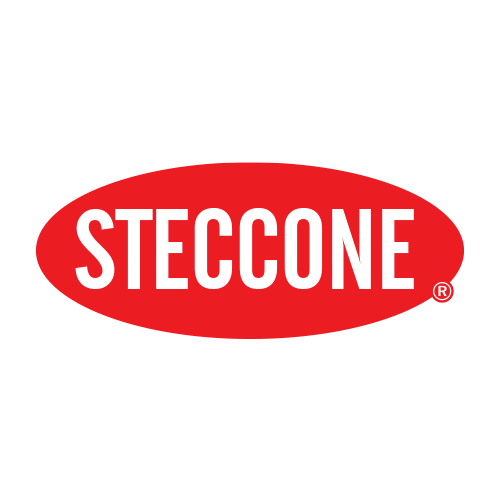
Does anyone know how to calculate effect of fan angle on the pressure at the surface you are spraying?
I understand that the pressure at the tip is the same for a given orifice size regardless of fan angle. At the same time, using a red tip will do damage one foot away from a surface while a soap tip will not.
Something has to be different at the surface, whether it’s pressure, momentum, or something else. I have not been able to find the answer or to definitively calculate it myself.
Any insight is appreciated!
The pressure isn’t what causes damage, it’s the force generated by the pressure. If you have 4000psi on a red tip, that pressure is concentrated on a small area, so you get a large force. If you fan that out with a 40 deg, that pressure is now dispersed over a larger area, so less lbs of force on what it’s hitting.
You’re over thinking it.
Guys, you are making this way more complicated than it needs to be. A monkey can do this job. No rocket science or math needed. If you can’t read a simple chart or use common sense to pick your tips buy a handful and experiment. There are like 4 bucks each. Not directed at anyone in particular, but if you get a little red around the face or want to comment about me being wrong, it’s probably directed at you.
I believe there are potential benefits in reducing the pressure at the surface by using a wider fan rather than using a larger orifice. Most people here talk about adjusting pressure using orifice. However, fan angle and distance from the surface have a significant impact.
For example, you want to keep your PSI on the surface of concrete when using your surface cleaner to 2500 PSI. You might have two options:
4.0 orifice with 15 degree fan
Or
2.0 orifice with 40 degree fan
Let’s assume these both result in 2500 PSI on the surface. I think it would be great to know your options, since one fan angle might be more beneficial in certain situations than others.
I think you have it a little backwards.
Pressure = force/ area
So when the force is applied over a larger area, you get a lower pressure.
Right, with a constant orifice size you have a set amount of force coming out of the tip. That force is then applied to the surface, so larger area (40 deg tip), less pressure on the surface. I tried to simplify and worded it wrong before.
It’s still best to size the nozzle appropriately. For example, last weekend I cleaned a painted deck. To rinse it, it was much safer and easier to put a #8 nozzle on my machine and rinse at 1000 psi than trying to use my #4 and a 40 deg tip. By easier, I mean 1000psi is coming out at a much lower velocity, so I can nicely rinse without blowing crap all over and I’m not risking taking paint off if I accidently get to close. I’m able to get to down close to the mulch around it without blowing it all over the yard. There is no reason to mess with trying to get your distance just right when tips are so cheap.
As stated early, don’t over think it, just get an assortment of tips.
I wouldn’t typically use the fan angle approach when using a wand due to the risk of getting too close like you mentioned. When using a surface cleaner though, you get to set the distance. Using a 40 degree tip might provide a more consistent cleaning since it covers more area, and the water’s velocity may not be an issue like your rinsing example.
I’m honestly just interested in knowing how to calculate the pressure on the surface. I’m not overthinkig it. I can do the job without knowing the answer. I was just hoping to get some insight.

























